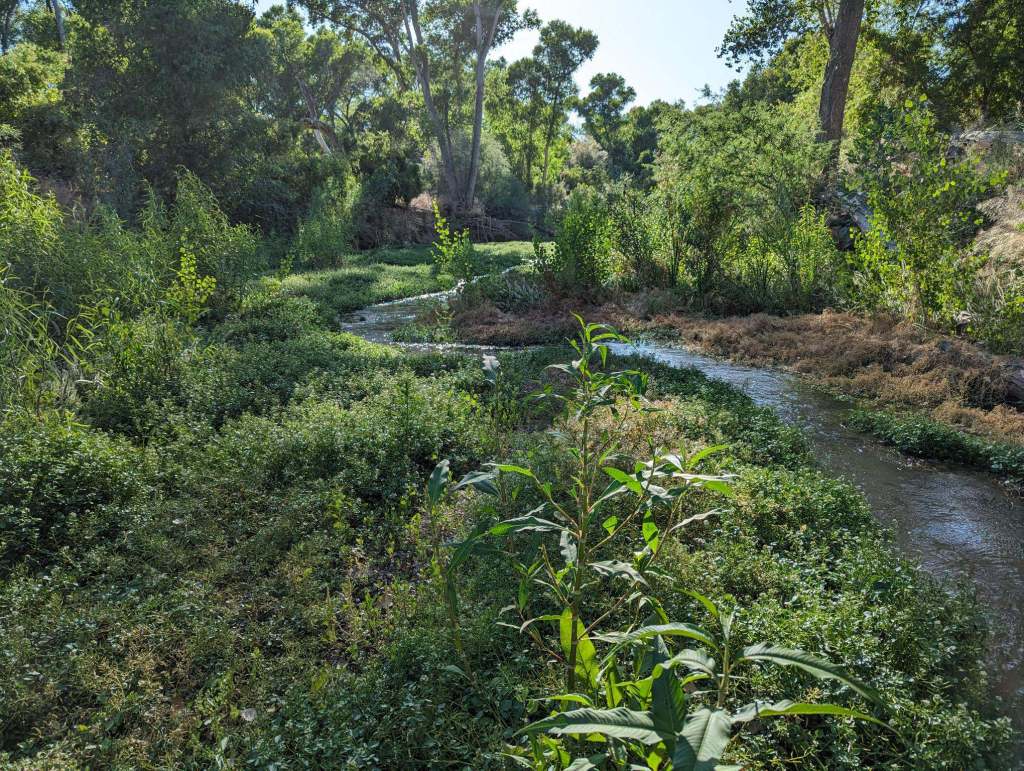As climate change and human water use rapidly deplete water resources around the world, a first-of-its-kind global map shows that more than half of the world’s groundwater-dependent ecosystems are in areas with known groundwater loss, and likely at risk.
The Gist
Published in Nature, this is the first time groundwater-dependent ecosystems in dryland regions have been mapped on a global scale.
The study also analyzed the protection status of groundwater-dependent ecosystems, and explored how these ecosystems overlap with human communities. Among other findings, their results show that 53% of groundwater-dependent ecosystems are in areas with known groundwater depletion, and only 21% (less than a quarter) are part of protected lands or regions with policies in place for their protection.

The Big Picture
Ecosystems that depend on groundwater vary widely, from desert springs to mountain meadows and streams, to coastal wetlands and forests. These places are often hot spots for biological diversity and are under increasing threat from climate change and human exploitation, especially of underground aquifers and other groundwater water resources.
“Until now, the locations of these ground-water dependent ecosystems have been largely unknown, hindering our ability to track impacts, establish protective policies, and implement conservation projects to protect them,” says Melissa Rohde, an ecohydrologist and environmental consultant, who is the lead author on the study. Rohde completed the research as part of her doctoral dissertation at the State University of New York’s College of Environmental Science and Forestry and her joint work at The Nature Conservancy.

The analysis takes advantage of the fact that an ecosystem supported by groundwater will remain greener, cooler, and wetter than other places throughout the dry season, and this can be seen with satellite imagery. But the way groundwater cools the ground surface is just one of the many ways these ecosystems provide refuge to plants and animals.
Led by scientists from TNC and the Desert Research Institute (DRI), the global effort brought researchers together from universities, non-profit organizations, and institutions from seven countries.
“Our team at DRI had been using satellite remote sensing data to locate and characterize changes in groundwater-dependent ecosystems across the western US for many years, and this was the perfect opportunity to expand this work globally,” says Christine Albano, an ecohydrologist at DRI.
The Takeaway
Despite the study’s finding that 21% of groundwater-dependent ecosystems are under some level of protection, Rohde’s past research has shown that very few of these ecosystems are effectively protected even where such legislation exists.
Without a better understanding of how groundwater is supporting ecosystems, even protected lands could be undermined if groundwater is lost due to unsustainable use outside protected boundaries.
“We need to acknowledge that groundwater is critical for many ecosystems,” Rohde says. “Groundwater is being pumped at rates higher than it can be replenished, but we aren’t managing or regulating it to the extent necessary to prevent further ecosystem impacts. If we want to achieve our global biodiversity goals and our climate goals, then we need to connect the dots between groundwater and ecosystems.”
References:
Perone, D., et al. (2023). Stakeholder integration predicts better outcomes from groundwater sustainability policy. Nature Communications, 14, 3793
Huggins, X., et al. (2023). Overlooked risks and opportunities in groundwatersheds of the world’s protected areas. Nature Sustainability, 6, 855-864.



